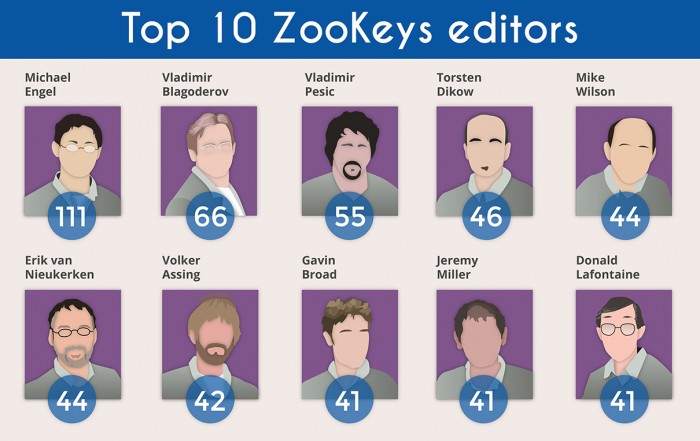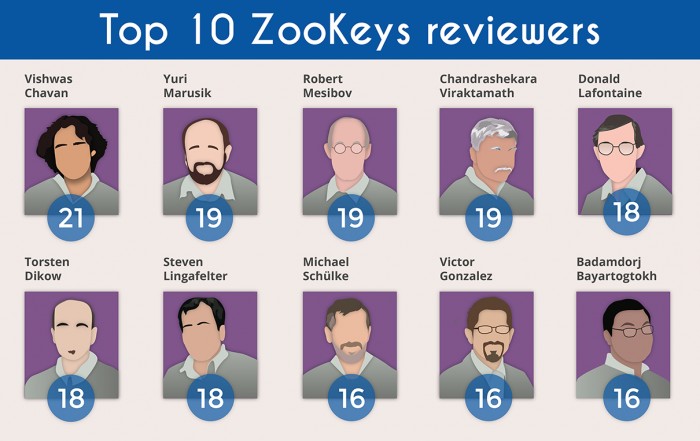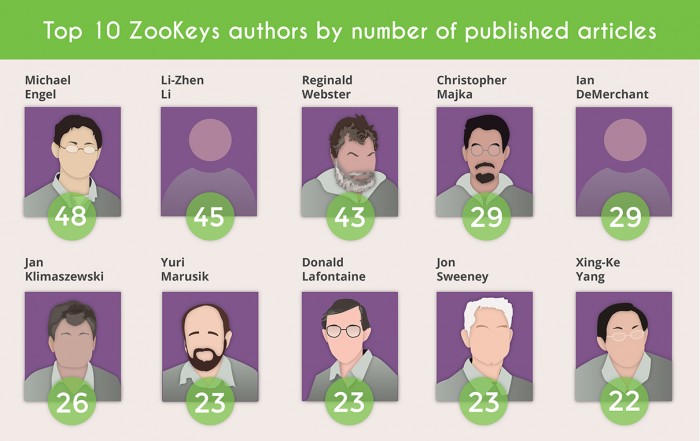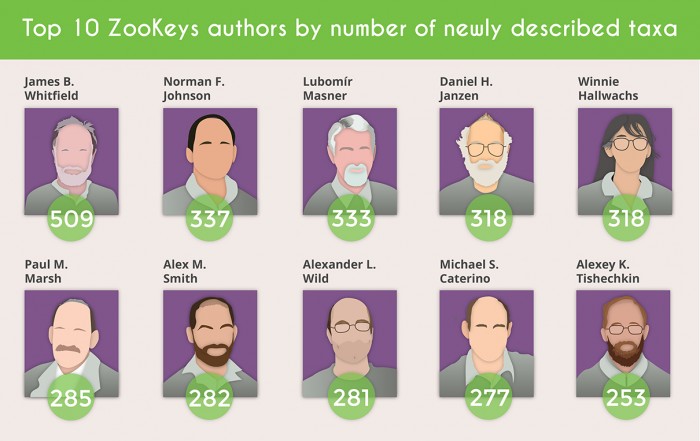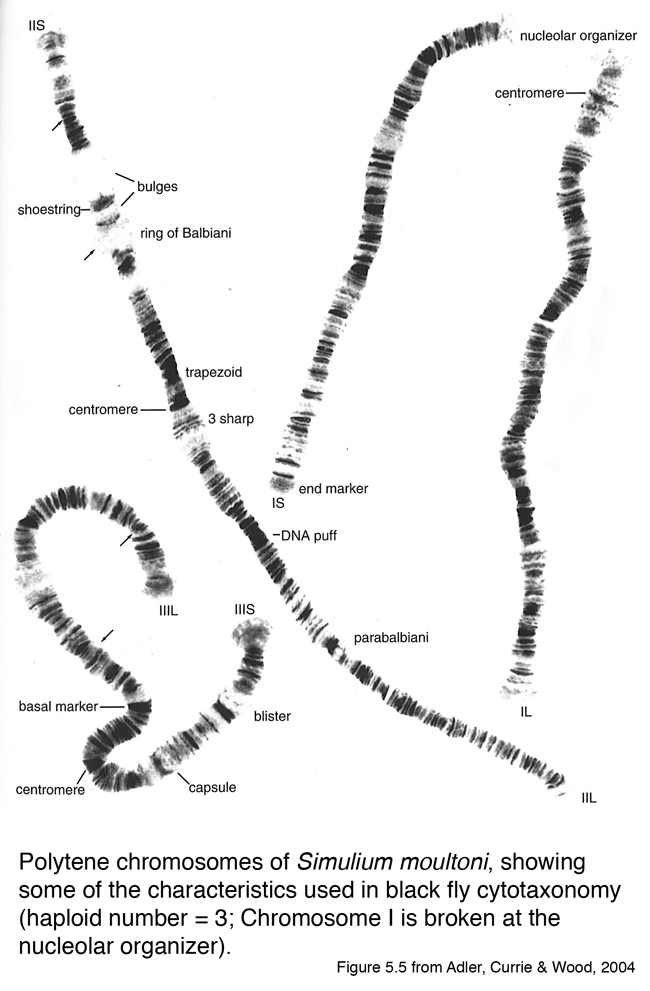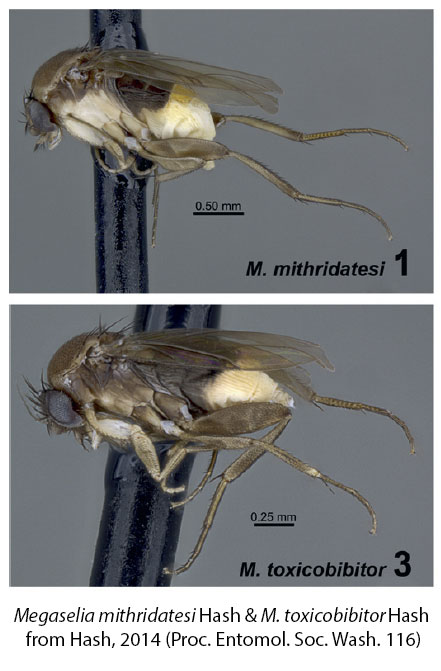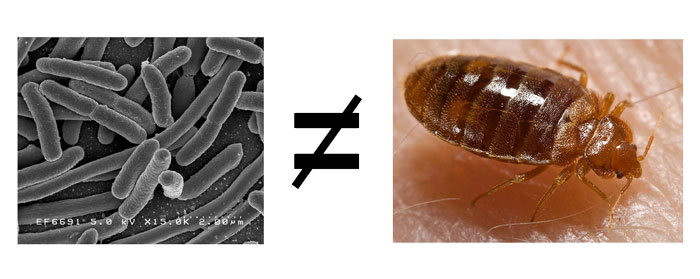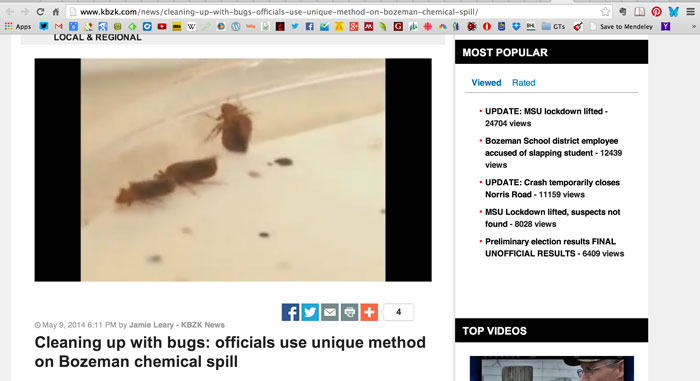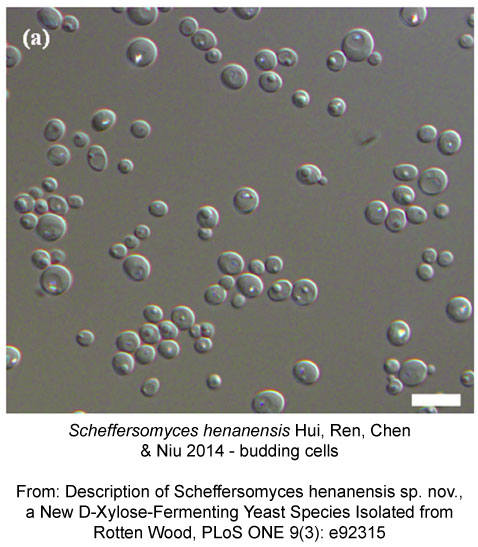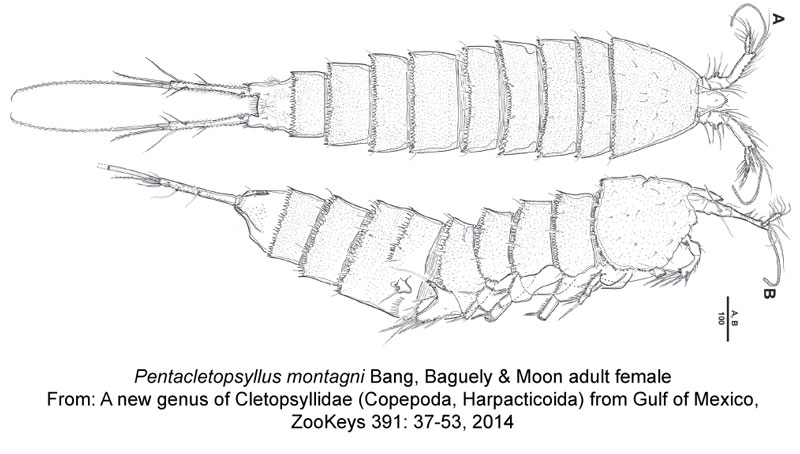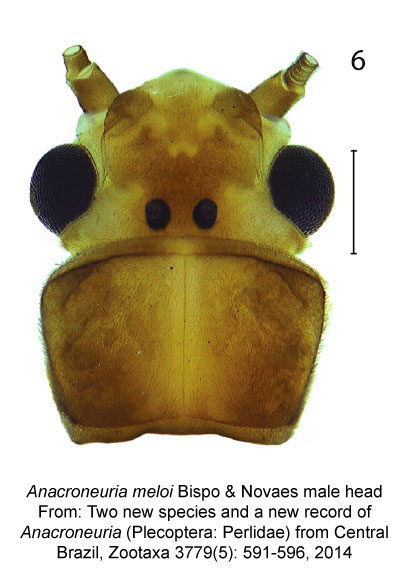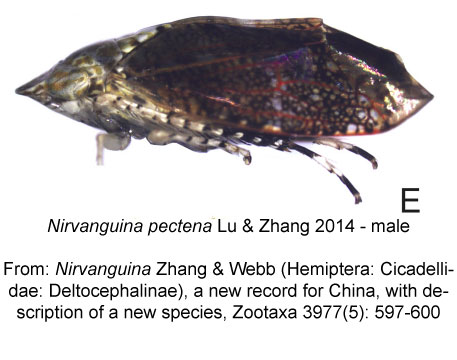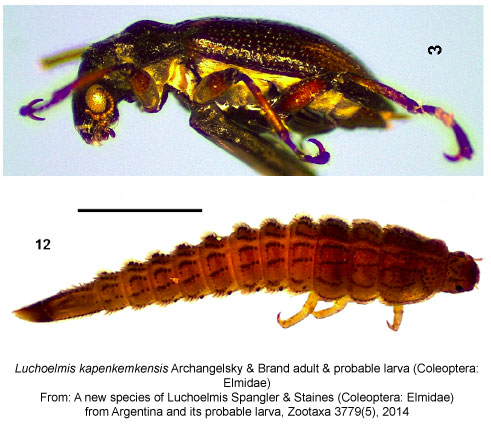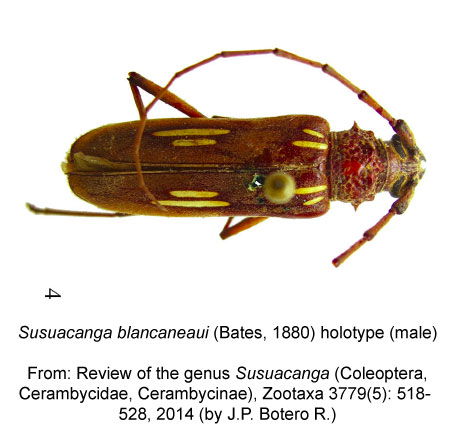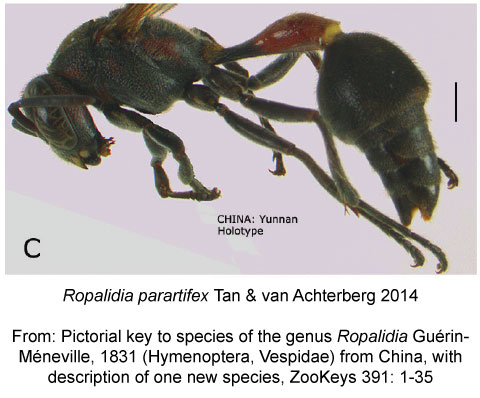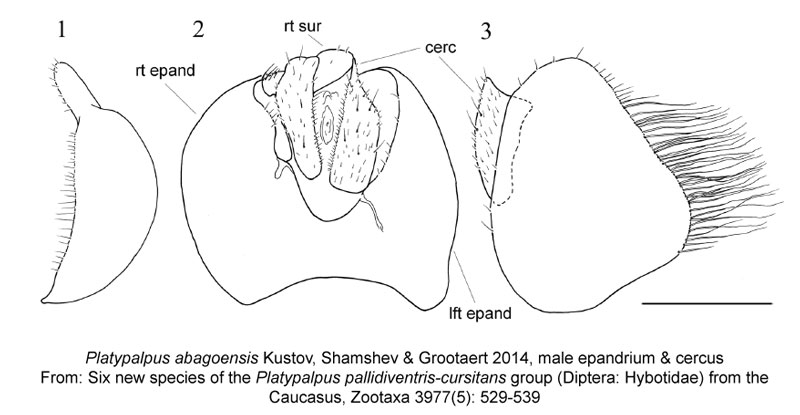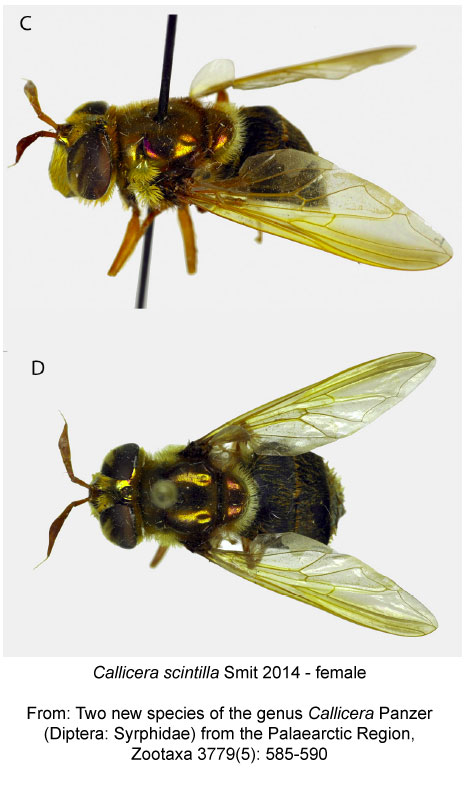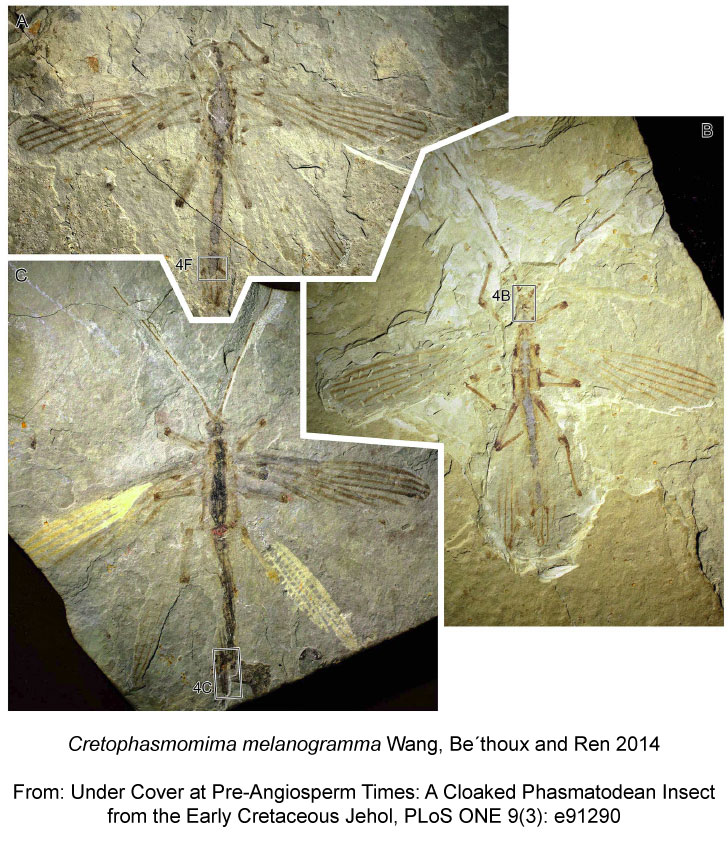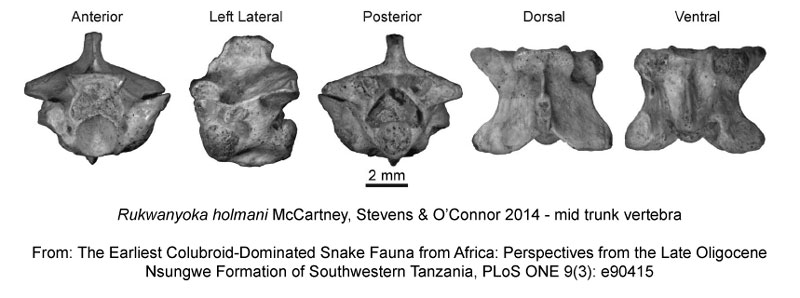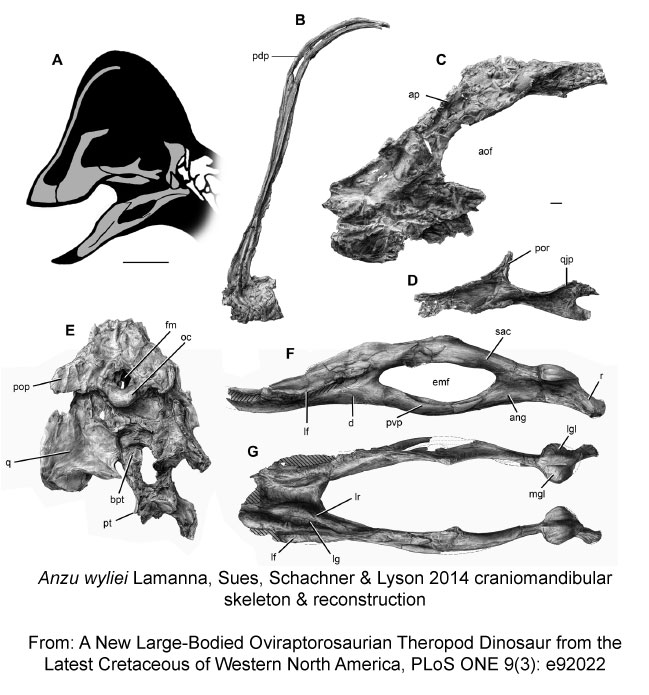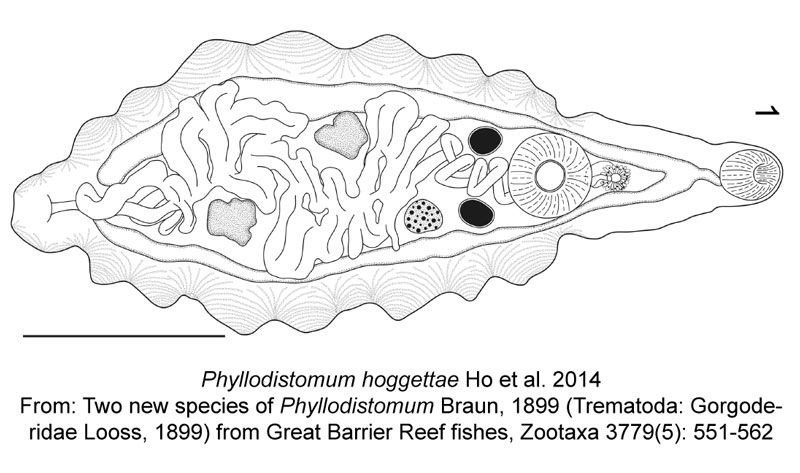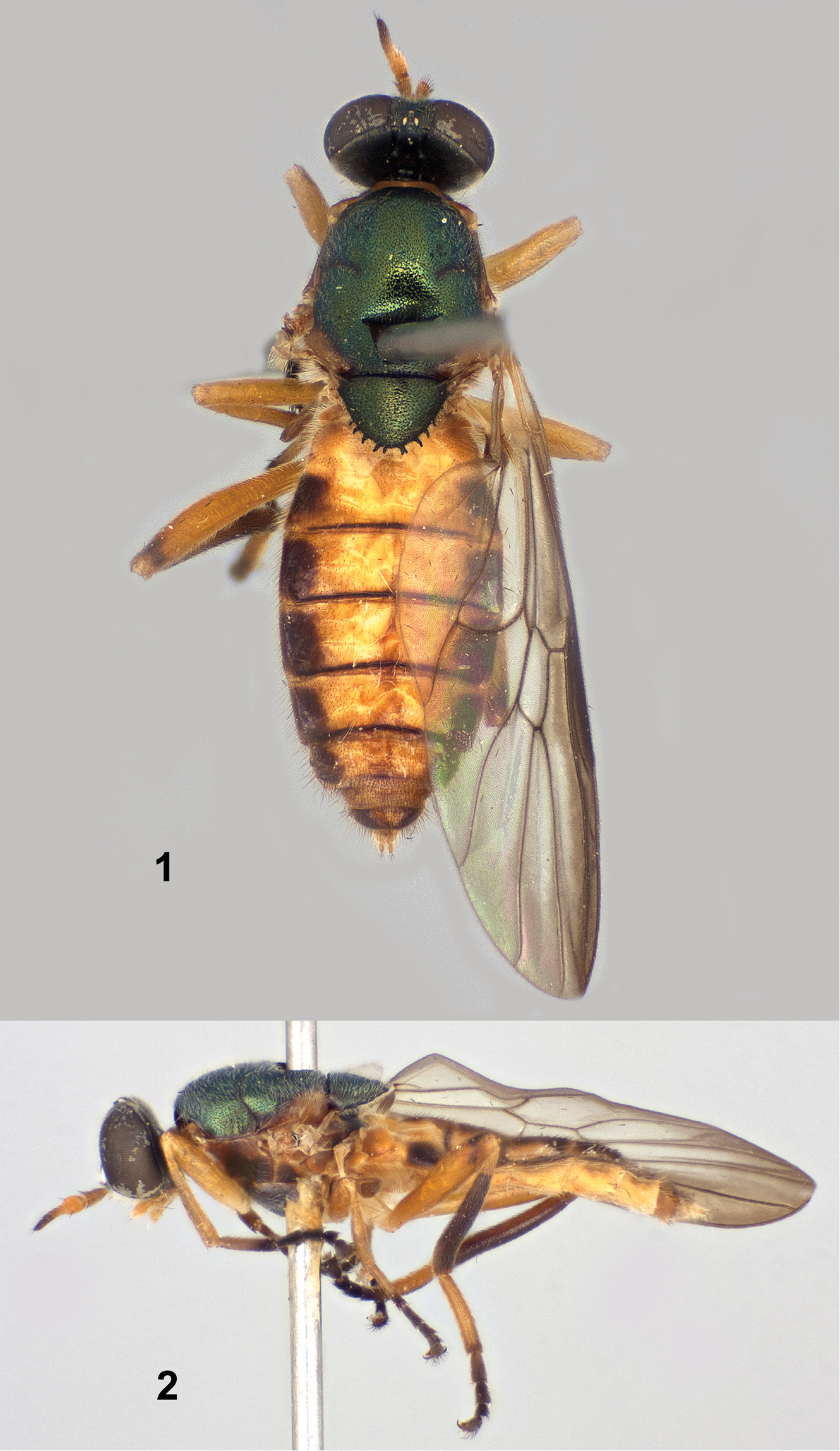Since the beginning of the year, I’ve been tracking the newly described animal species that have made the news with their introduction to science, with the intent of understanding what factors make a new species newsworthy. I’m still collecting data and figuring out how to make sense of it all, but in the process I’ve come to realize that a fair number of taxonomists and journals are either unaware of the rules of nomenclature, or perhaps just don’t care.
There are a surprisingly large number of rules that govern how and where new species of animals can be legitimately described, rules that are created and occasionally adapted by the governing body of animal taxonomy, the ICZN. These rules are in place to ensure the language of biodiversity—species, genus, and family names—are consistent and stable worldwide, ensuring that when a scientist in China refers to the genus Micropeza, scientists in Canada, Peru, and South Africa can all understand explicitly what the organism they are referring to is. Without stable names agreed on internationally, we would have a gigantic mess on our hands, and all of biology would grind to a halt.
One of the important tenets of stable names is establishing what name came first, and then using it forever (barring some scenarios in which the oldest name can be suppressed, which we won’t bother going into). This is called the Principle of Priority, and may be the most important (and sometimes, trickiest) rule to follow. Obviously, when trying to address what name was created first, it’s vital to know the exact date that name met all the criteria set forth by the ICZN and was officially coined. Again, there are a lot of rules that stipulate when a name is considered “official”, but one in particular is, for some reason, apparently being ignored more often than the others, and which can cause names to become complicated, quickly.
This rule, introduced in 2012, allows for new species names to be published in digital format (either as an early view version ahead of traditional printing, or entirely digital, like PLoS One for example). Up until this rule was introduced, only names published in journals or other publications that were printed out on paper (in multiple copies) and distributed to a couple of libraries were considered legitimate. But, recognizing that the world of scientific publication is changing (rapidly), the ICZN finally adopted a new rule allowing names to become official in digital publications, but only if the authors take one extra step: register their publications in a new database called ZooBank. This registration process does two things: 1) it allows for papers that have new names introduced in them to be more easily tracked, and 2) the registration process includes a stipulation that the journal intends to archive a non-editable PDF of the paper, so if the internet and all digital media are destroyed, we still (hypothetically) have records of these new names (although I reckon we’ll have bigger issues to deal with than worrying about correct taxonomy in that situation…). Regardless of the intent, these are the new rules, and for any names published in a digital format, the paper must be registered in ZooBank (and state in the paper somewhere that it has been), a process that takes less than 10 minutes to do. Simple enough, right? Apparently not.
In the past 6 months, of the roughly 120 taxonomic papers that have made the news, I’ve found at least 5 that have failed to meet this ZooBank qualification, meaning that any names introduced by the authors aren’t actually real (yet). Five papers out of 120 may not seem like that big a deal, but when you expand that ratio to the roughly 15,000 new animals species described every year, we’re potentially looking at 600 new species that unknowingly remain without an official name!
So what’s the big deal if a few more species remain nameless, there are millions left to be discovered anyways, right? And if the name is being published as an early view in a journal that still releases paper copies, the names will eventually become official once the paper versions are printed and distributed (perhaps weeks or months later). Basically, for scientists that have spent months or years examining specimens and collecting data only to fail to meet this one tiny requirement is akin to a person running a marathon, and then stumbling and falling on the very last step and being disqualified from the race, yet celebrating their “accomplishment” anyways. It may be awkward, or embarrassing, and it should be avoided by all means necessary, but won’t it all get fixed eventually? Well…
Besides the professional embarrassment, there’s a big problem just waiting to happen when names aren’t correctly, and formally, published: someone else scooping the naming rights for your species. Until the name is fully published and all the qualifications met, either by the name being printed out on paper when its assigned issue is published, or alternatively by someone else publishing their own paper that does meet all of the rules, there is no requirement that the name proposed by the original authors actually be used. In fact, nothing is stopping anyone from finding one of these inadequately named species, and turning around a quick paper coining a name of their own for the taxon, establishing priority and ensuring they are recognized for eternity, and not the people who did all the hard work. This type of taxonomic sniping isn’t unheard of, although to my knowledge there have not been any examples of ZooBank robbing, yet.
Is it shady? Definitely. Is it likely to happen? Eventually. Is it avoidable? Absolutely.
So as I’ve stumbled across these named-but-actually-unnamed species by accident, I’ve been sending out cautionary messages on Twitter reminding taxonomists or anyone else in the process of describing a new species about the ZooBank rule, or straight-up condemning repeat-offender journals and advising people not to publish new names in them (looking at you Scientific Reports). Which is what I did again Friday afternoon regarding another new species, published in a prestigious journal that should know better, but which failed the ZooBank test. Unlike previous times however, I linked to the paper, and called out the journal directly, mostly because I hold it in high regard, and also because subtweeting an entire field of science clearly wasn’t working.
To my surprise, within 30 minutes my cell phone was ringing, and the lead author of the paper in question was on the line asking not only what they did wrong, but more surprisingly, that I please delete my tweets calling attention to the issue. The author was aware that the ICZN had recently changed the rules to allow digital publication but didn’t know the specifics, and the journal they submitted to had apparently not published a new species description since the changes came into effect, and so weren’t prepared to comply on the author’s behalf either.
I ended up spending a good deal of time explaining the ZooBank rule to them, and suggesting how they can work with their journal editor to fix it, but I remained uneasy about deleting and retracting my tweets. However, after talking more with the author, and recognizing that they were genuinely afraid of a specific person known for their unscrupulous taxonomic practices learning of their mistake and taking advantage of it, I agreed to take down my tweets, but with the understanding that I would be disclosing the series of events and actions here, albeit with their anonymity intact. Frankly, the taxonomic community has enough challenges facing them, and I’d rather not contribute to those challenges further simply to prove a point at the expense of someone else’s hard work.
So be warned, readers working to document and describe Earth’s biodiversity! Spend some time learning the rules of nomenclature, and ensure that the journals that you submit your science to are equally knowledgeable of what it takes to name a species. And if you’re unsure of a journal’s dedication or experience publishing taxonomic research, take the responsibility for your hard work into your own hands and register your taxa and your papers yourself, and avoid the potential pitfalls of naming species in the digital era. You’ll be glad you did when you see your species spoken of with the name you intended!


